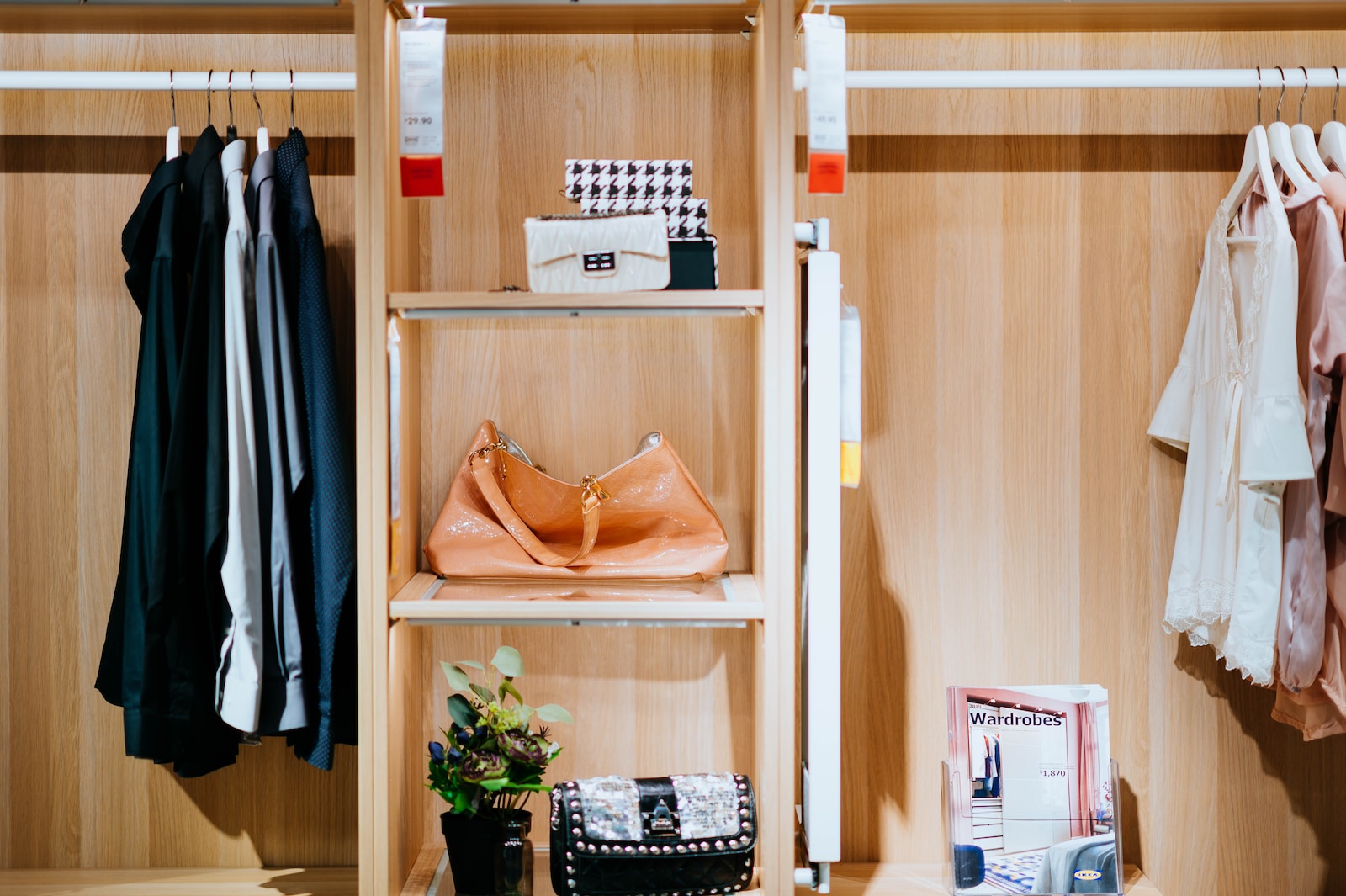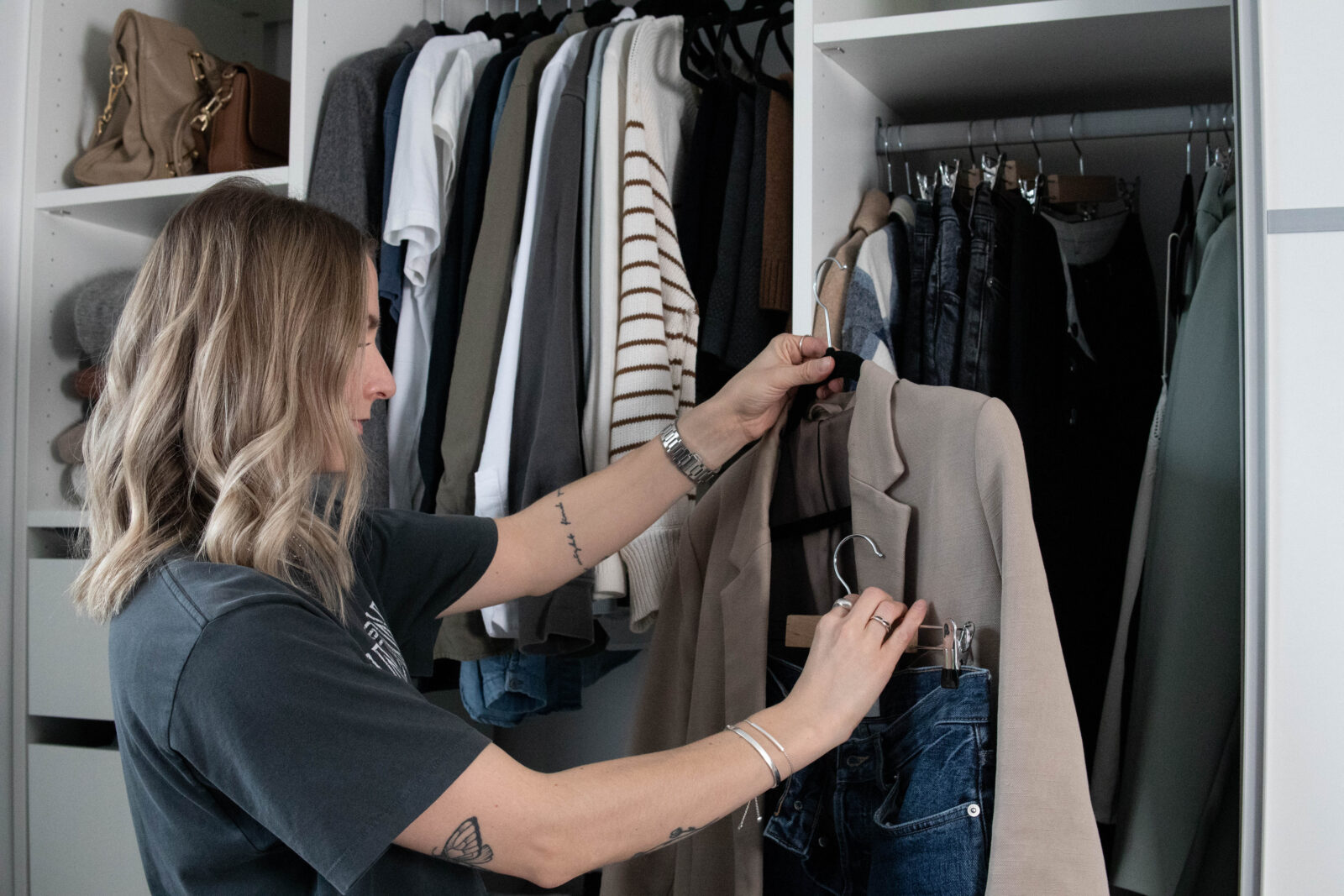The Role of the Wardrobe in Sustainability: Practices for a Conscious Closet

The Hidden Costs of Clothing
The choices we make in fashion can significantly influence our planet’s health. As consumers become more aware of sustainability, the concept of the conscious closet has gained traction. Our wardrobes are no longer just a collection of clothes; they represent our values and commitments to sustainability. In a world increasingly burdened by environmental issues, it’s crucial to understand how fashion, an everyday element of our lives, contributes to these challenges.
Each item we wear can contribute to environmental challenges, yet it can also promote change. The clothing industry, as it stands, poses several critical threats to our environment:
- Fast Fashion: The production of cheap, trendy clothing has led to massive waste. Fast fashion retailers like H&M and Zara introduce new lines almost weekly, encouraging consumers to buy frequently and discard even more often. This cycle not only leads to overflowing landfills but also wastes valuable resources.
- Resource Consumption: The fashion industry is a major consumer of water and energy, with estimates suggesting that producing just one cotton t-shirt requires about 2,700 liters of water—which is enough for one person to drink for two and a half years. Additionally, the production processes emit significant carbon footprints due to the energy-intensive nature of manufacturing and shipping.
- Landfill Issues: Millions of tons of textiles end up in landfills every year. In the United States alone, around 11.3 million tons of textile waste were generated in 2018. This perpetual cycle of consumption and discard not only polishes a bleak figure but also highlights the urgent need for a more responsible approach.
What if we could transform our wardrobes into a tool for environmental advocacy? By adopting sustainable practices, each of us can make a difference. It’s not just about losing the old, boring clothes in favor of something new; it’s about embracing a lifestyle that values sustainability and conscious consumption.
Strategies for a Sustainable Wardrobe
In this article, we will explore various strategies to cultivate a sustainable wardrobe, including:
- Embracing Ethical Fashion Brands: Choosing brands with strong ethical standards helps ensure that your clothes are produced under fair labor conditions and with sustainable practices. Companies like Patagonia and Everlane have made significant strides in providing transparency about their manufacturing processes, helping consumers make informed decisions.
- Implementing the Principle of ‘Buy Less, Choose Wisely’: By adopting a minimalist mentality, consumers can prioritize quality over quantity, leading to longer-lasting pieces that won’t require frequent replacement. This change not only saves money in the long run but also minimizes waste.
- Engaging in Clothing Swaps and Secondhand Markets: Participating in clothing swaps with friends or shopping at thrift stores breathes new life into pre-owned items. Resources like Poshmark and Depop provide platforms for selling and buying secondhand fashion, giving new purpose to garments that may no longer fit someone’s style or needs.
Join us as we delve deeper into how mindful clothing choices can pave the way to a more sustainable future. By actively engaging in sustainable fashion practices, each individual contributes to a collective movement aimed at protecting our planet. Ultimately, the choices we make in our shopping habits can reflect a commitment to a healthier world, encouraging others to follow suit in creating a more sustainable fashion landscape.

DISCOVER MORE: Click here for insights on multifunctional wardrobes
Transforming Fashion Consumption
As the alarming statistics about fashion’s impact on the environment emerge, it becomes increasingly clear that individual consumer choices play a pivotal role. The shift toward a conscious closet is not merely about changing styles but about redefining our relationship with clothes. In this context, sustainable fashion practices offer a pathway to mitigate the negative effects of the clothing industry on our planet.
One of the first steps in creating a sustainable wardrobe is to scrutinize where and how our clothes are made. Ethical fashion brands have sprung up in response to consumer demand for transparency, putting forth significant efforts to ensure their products meet higher environmental and social standards. Brands like Reformation and People Tree not only utilize eco-friendly materials but are also committed to minimizing carbon emissions throughout their production lines. Supporting these brands strengthens the movement toward sustainability and encourages others to follow suit.
Alongside ethical consumption, another significant strategy involves rethinking our buying habits. The principle of ‘buy less, choose wisely’ advocates for purchasing only those items that we genuinely need and that offer long-term value. Research has shown that high-quality clothing, crafted from durable materials, significantly outlasts fast fashion counterparts, and this longevity translates into reduced waste and resource usage. These decisions require consumers to engage deeply with their personal style and the utility of each piece in their wardrobe.
In addition to conscious purchasing, the act of recycling and upcycling plays a vital role in sustaining our wardrobes. Engaging in clothing swaps with friends or community groups presents an excellent opportunity for individuals to refresh their collections without the environmental cost of new purchases. Furthermore, secondhand markets have gained immense popularity in recent years. Platforms like thredUP and Facebook Marketplace are revolutionizing how we think about fashion’s life cycle, allowing consumers to buy and sell pre-owned items while extending their lifespan. By revitalizing garments that might otherwise end up in landfills, we shift the narrative surrounding fashion consumption.
Ultimately, the path toward a sustainable wardrobe requires collective effort and awareness. By adopting these practices, individuals can significantly impact the fashion industry’s damaging environmental footprint. The transformations we make, one garment at a time, reverberate far beyond our closets, creating a ripple effect that encourages a movement toward more sustainable living.
From Awareness to Action
To pave the way for true sustainability in fashion, it is essential for consumers to educate themselves and remain conscious of the implications of their choices. Every decision, from the brands we support to how we care for our clothes, contributes to a larger narrative about our relationship with the planet. Consider the following actions to enhance your commitment to sustainability:
- Research Brands: Look for brands committed to ethical production methods and sustainable materials.
- Prioritize Quality: Invest in versatile, durable clothing that aligns with your personal style.
- Utilize Secondhand Options: Explore thrift shops and online platforms for pre-owned clothing.
- Care for Garments: Practice proper care techniques to extend the life of your clothes and minimize waste.
By taking these proactive steps, we can convert our wardrobes from sources of waste into symbols of sustainability. Moving forward, each garment we choose reflects a commitment to a better future, where responsible fashion becomes the norm rather than the exception.
| Sustainable Practices | Benefits of Conscious Closet |
|---|---|
| Thrift Shopping | Reduces waste and encourages circular fashion |
| Capsule Wardrobe | Promotes mindful purchasing and versatility |
| Upcycling | Transforms discarded items into new treasures |
| Sustainable Fabric Choices | Supports eco-friendly manufacturing |
| Clothing Swaps | Encourages community and reduces consumption |
The role of the wardrobe in sustainability cannot be overstated. Integrating practices such as thrift shopping and upcycling into our everyday lives can significantly impact our ecological footprint. For instance, purchasing second-hand clothing not only gives a new life to pre-loved pieces but also diminishes the demand for new production, which is known to be resource-intensive and harmful to the environment. Creating a capsule wardrobe, where one selects a limited number of versatile pieces, encourages mindful purchasing. This approach not only saves money but also cultivates a sense of personal style that transcends fleeting trends, paving the way for a more sustainable fashion model.Furthermore, opting for sustainable fabric choices, such as organic cotton or recycled materials, plays a crucial role in reducing the negative environmental impact of the fashion industry. With a growing number of brands embracing eco-conscious principles, consumers now have more options than ever. Incorporating sustainable practices into our wardrobes leads to a significant reduction in environmental waste, making a conscious closet essential for those looking to contribute positively to the planet’s health. A well-rounded wardrobe can be a source of creativity, individuality, and commitment to sustainability, urging us all to make informed choices.
DISCOVER MORE: Click here to unlock the secrets of minimalist design
Community Engagement and the Circular Economy
In addition to individual actions, the journey toward a sustainable wardrobe is deeply intertwined with the concept of community engagement and the circular economy. The circular economy shifts the fashion industry from a linear model—where clothing is produced, consumed, and discarded—to one in which resources are reused, repaired, and recycled, ensuring that garments have multiple lifecycles. By embracing this model, consumers can actively participate in reducing waste and conserving resources.
One effective way to engage with the circular economy is by participating in local clothing drives or donation events. Many organizations, like Goodwill and The Salvation Army, facilitate programs that not only support those in need but also divert clothing from landfills. Statistics show that approximately 92 million tons of textile waste are generated each year, making such initiatives critical in keeping wearable materials in use. Donating clothes gives them another chance to serve their purpose, while also making space for new sustainable items in your closet.
Moreover, communities can foster a culture of sharing through clothing libraries or rental services. Fashion rental platforms like Rent the Runway and HURR Collective offer a practical solution for individuals who wish to wear designer pieces without the commitment of ownership. These services not only reduce the demand for new clothing but also allow consumers to enjoy diverse styles without contributing to overconsumption. By renting instead of buying, individuals can access high-quality pieces without sacrificing ethical considerations.
Another innovative approach that enthusiasts of sustainable fashion can embrace is the growing trend of upcycling workshops. Various local and online workshops offer hands-on experiences where individuals can learn to transform old garments into new, stylish pieces. Upcycling not only prevents materials from ending up in landfills but also cultivates creativity and personal expression. Contributing to a culture that values creativity over consumption supports the shift toward more sustainable habits in fashion.
Fashion Activism: Driving Change
Additionally, fashion activism plays a crucial role in promoting awareness and mobilizing change within the industry. Engaging with movements like Fashion Revolution encourages consumers to demand accountability from brands regarding their production practices. The annual Fashion Revolution Day prompts consumers to ask, “Who made my clothes?” By raising awareness through social media campaigns and public demonstrations, individuals can amplify their voices and influence broader systemic changes that prioritize sustainability.
Finally, sustainable fashion extends beyond individual actions and community involvement; it requires a transformation of industry standards. By advocating for policies that promote ethical and sustainable practices within fashion, consumers can help create an environment where responsible fashion is the expectation. Legislative measures aimed at limiting waste and promoting sustainability can significantly impact how the industry operates. Connecting with local representatives and supporting initiatives that align with these values enables consumers to be more than just passive participants—they can become active agents of change.
Through community engagement, embracing circular economy principles, and participating in fashion activism, individuals can collectively redefine the relationship with their wardrobes. These approaches contribute to a more sustainable fashion landscape, underscoring the shared responsibility of consumers, brands, and policymakers in this crucial pursuit.
DISCOVER MORE: Click here to enhance your productivity
Conclusion: A Conscious Closet for a Sustainable Future
As we look toward a more sustainable future, the role of the wardrobe becomes increasingly pivotal in shaping our approach to fashion and consumption. The journey towards a conscious closet not only involves conscious choices in purchasing and maintaining apparel but also embodies a broader commitment to sustainability and ethical responsibility. By gravitating toward eco-friendly materials, prioritizing second-hand shopping, and engaging in community initiatives, individuals can significantly diminish their environmental footprint.
Moreover, the principles of the circular economy deserve our attention, signalling a vital shift in how we view our garments. Embracing practices such as donation, clothing swaps, and upcycling not only extends the life of clothing but also creates a sense of community and creativity. These actions empower consumers to participate actively in the fight against the staggering figure of approximately 92 million tons of textile waste produced annually.
Additionally, by supporting movements and policies that advocate for sustainability within the fashion industry, we can foster an environment where ethical practices are the norm, not the exception. As we collectively demand change, our wardrobes can serve as a testament to our values and a powerful tool for advocacy. A commitment to sustainability in our fashion choices can lead to systemic change that benefits not only the planet but also future generations.
In essence, a conscious closet embodies a thoughtful dialogue between consumers and the fashion industry, urging us to redefine our relationship with clothing and embrace a holistic view of sustainability that encompasses personal, community, and global dimensions. The choices we make today will shape the world of fashion tomorrow—let us choose wisely.


